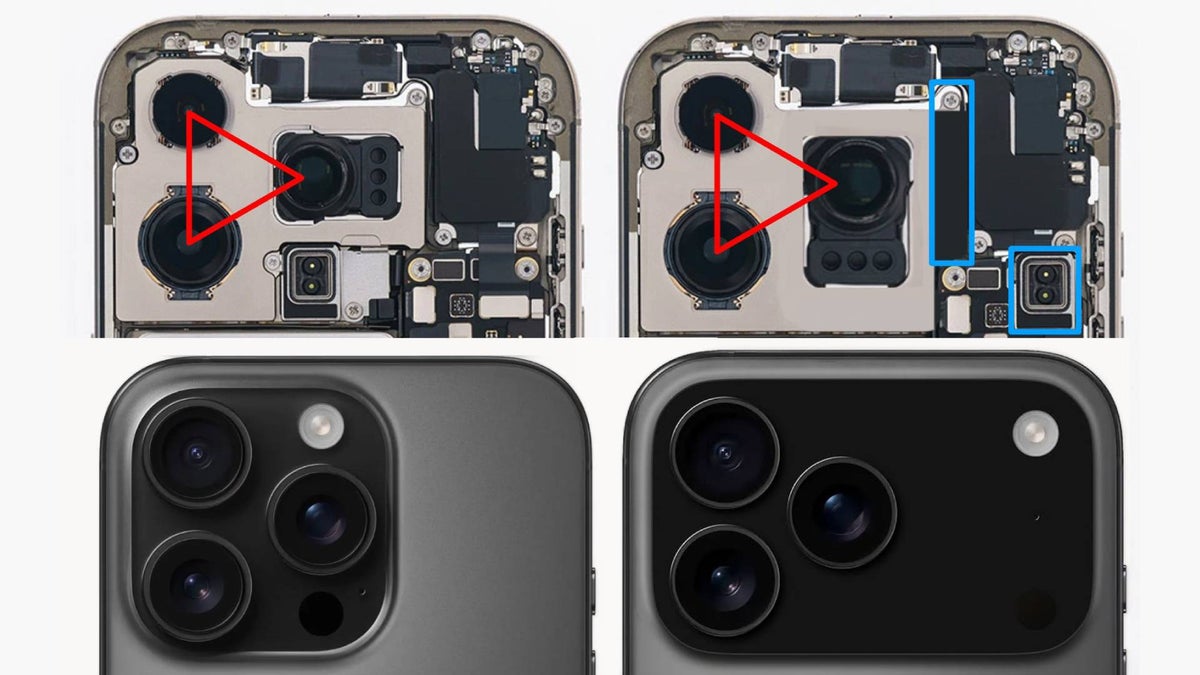Is it just me, or has the cost of cameras and lenses gotten out of control?
The latest numbers in camera sales offer insight into what's behind the rising cost of cameras

Every time a new camera is announced, I scroll to the bottom of the announcement where one of the most important bits of information tends to be hidden: the price. And, more often than not, the latest camera announcements more often than not seem to carry a rather hefty dose of sticker shock with them. Of course, sticker shock seems to be a near daily occurrence in 2025, where everything from the cost of housing to the price of eggs seems to be climbing. But every time a camera price tag sends me reeling, I wonder, is this just simple inflation or is the cost of cameras and lenses getting out of control?
Take the latest data from the Camera and Imaging Products Association, or CIPA, who recently published the numbers for 2024. The numbers of cameras shipped last year are the strongest since 2015, which is great news for camera companies and photographers both. Worldwide camera shipments are up by 10 percent of last year’s numbers. However, the cost of those same cameras is up by 15 percent.
Many have posed the theory that fewer simple cameras and more advanced cameras are being sold, driving that increase in cost. This is true in part, with more new camera launches being high-end models than budget picks, especially when looking at the last five years rather than one year at a time.
But the increase in the number of mirrorless cameras sold in 2024 almost matches the cost of those cameras, with a 16.1 percent increase in the cameras shipped and just a 16.4 percent increase in the value of those cameras in yen. Unsurprisingly, DSLRs dropped in both value and number shipped.
The more likely culprit, at least according to CIPA data? Compact cameras. The category for cameras with built-in lenses is up by about 9.2%, yet the cost of those cameras jumped by 31.6%. Trends have brought new demands for compact cameras, yet too many manufacturers stopped making them, which means both increased demand and decreased supply. Gen Z and social media are significant factors in driving the trend. Compact cameras seem to fall along the lines of the ultra-cheap Kodak Pixpro FZ55 or the high-end model like the Fujifilm X100VI, with relatively few options in between.
While the 2024 numbers show only a minor jump in value for mirrorless and a much higher jump for compact cameras, those numbers told an entirely different story two years ago. In 2022, mirrorless cameras grew in shipments by 31 percent and the value of those cameras a whopping 61 percent. The average cost of a camera in 2022 was twice the number from 2019. My point? While compact cameras drove the increasing cost of cameras in 2024, prices still seem to be steadily climbing overall from the last few years.
Many cameras are launching at list prices higher than the cost of the predecessor back when it was new. That list includes but isn’t limited to the Sony a7 IV, Nikon Z6 III, DJI Pocket Osmo 3, and Nikon P1100. Some raise the prices with an equal rise in new features, but others feel like a more minor update that still comes with a price hike.
Get the Digital Camera World Newsletter
The best camera deals, reviews, product advice, and unmissable photography news, direct to your inbox!
I don’t think the rising cost is exclusive to cameras either, but likely extends to lenses as well. Take, for example, the lens that Nikon announced last week. The Nikon Z 35mm f/1.2 S looks to have an impressive list of pro-level features, with resolving power made for the Z system’s most advanced cameras. But while I’m used to seeing pro-level zoom lenses for upwards of $2,000, this new prime is a steep $2,799.95. (Although, I guess that’s relatively affordable compared to the 58mm Noct f/0.98.)
I’ve only selected the Nikon 35mm f/1.2 because last week’s launch has it fresh in my mind. But Nikon isn’t alone in charging near $3K for a high-end prime lens. Canon’s impressive 85mm f/1.2 surpasses that.
I don’t think inflation is the only factor. The cameras that are available today tend to have more pro-level features, which drives up the average overall price. But with so many cameras launching at a list price higher than the previous model and such a big jump in the compact camera category, it’s not exclusively a shift to high-end gear causing the increasing average cost.
The shift from DSLR to mirrorless didn’t help matters either. I can still remember when it was fairly common to have a number of under $500 DSLR bundle deals to choose from on Black Friday. Few mirrorless cameras cater to the same budget crowd, with the Canon EOS R100 a notable exception. Budget-friendly mirrorless lenses also seem to be more sparse than the high-end pro optics.
My biggest consolation among these numbers is that I don’t think photographers need to update their camera as often. Yes, cameras continue to get more impressive features every year, but the improvements are mere steps compared to the leaps made when digital photography was in its infancy. There are exceptions – like the global shutter on the Sony a9 III – but many new camera launches are improvements rather than revolutions.
My own camera, the Fujifilm X-T4, has been replaced by the X-T5, but the jump in resolution seemed to drop the autofocus performance, and I didn’t feel the need to upgrade. I can justify the rising costs a bit if I make each camera last a little longer, which makes features like weather-sealing and a magnesium alloy construction even more essential. I’m going to get my money’s worth before succumbing to the pressure to update.
You may also like
For more inspiration, browse the best cheap cameras or the best mirrorless cameras.

With more than a decade of experience reviewing and writing about cameras and technology, Hillary K. Grigonis leads the US coverage for Digital Camera World. Her work has appeared in Business Insider, Digital Trends, Pocket-lint, Rangefinder, The Phoblographer and more.
You must confirm your public display name before commenting
Please logout and then login again, you will then be prompted to enter your display name.
